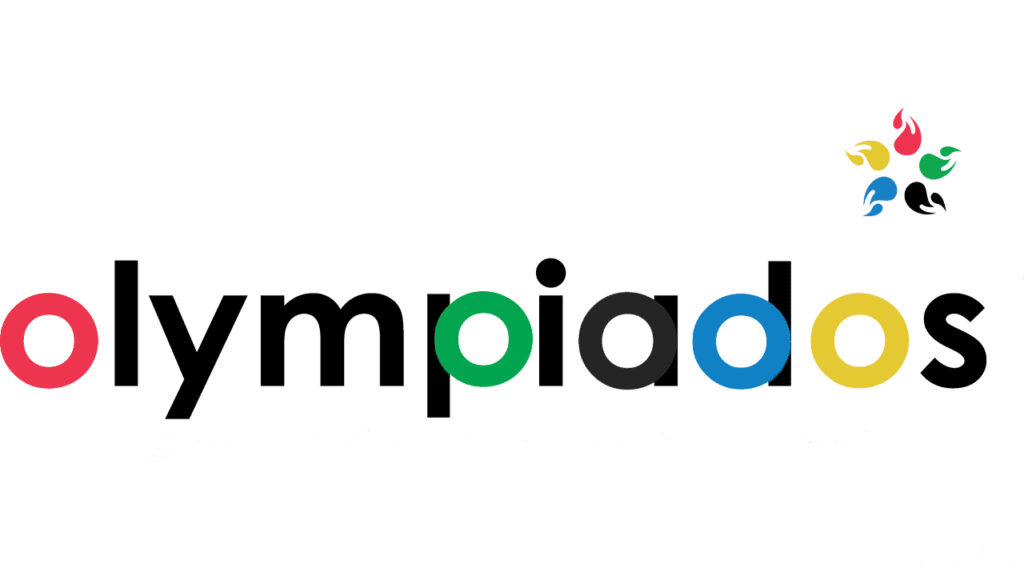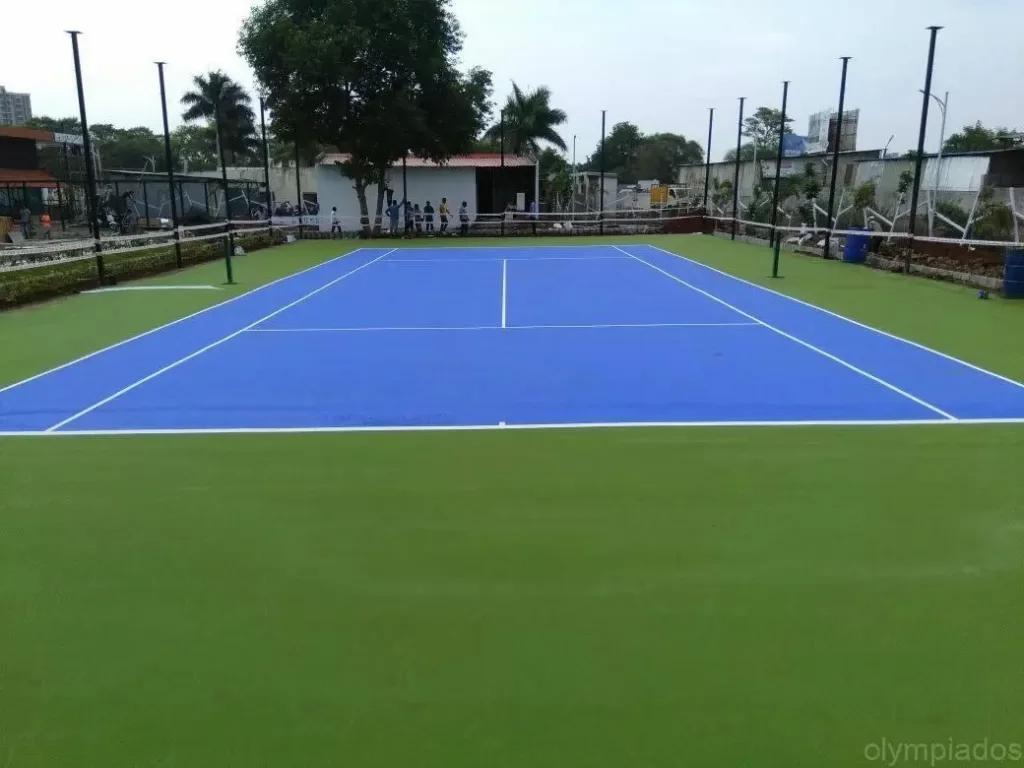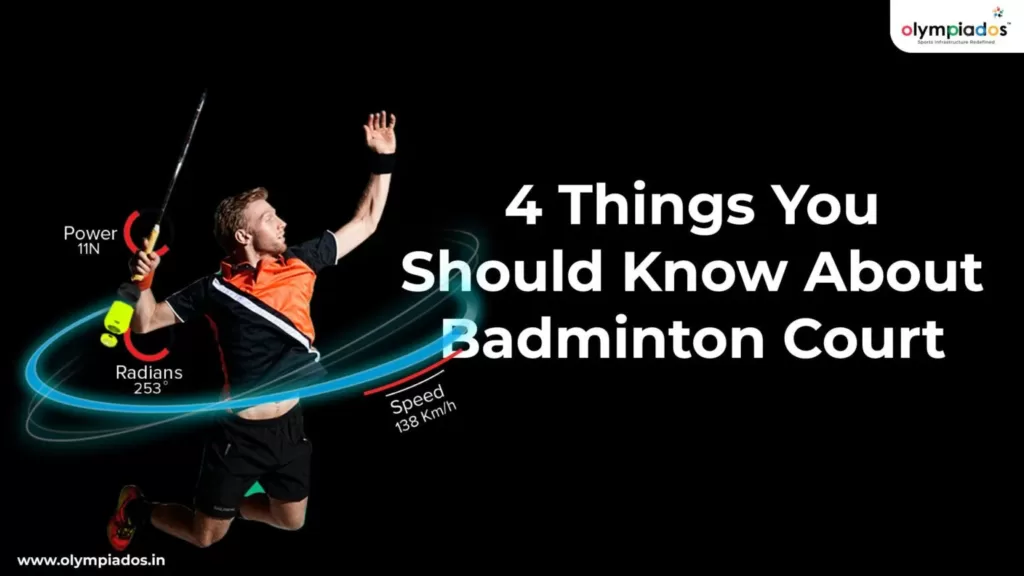If you’re looking to install a new sports court in your facility, you may have noticed that not all sports court flooring is created equal. Different types of sports courts require different types of surfaces to provide optimum performance and safety for athletes. With so many options available, it can be difficult to decide which type is best for your facility. In this blog post, we’ll dive into the different types of sports court flooring available and how to choose the right one for your facility. From hardwood courts to artificial turf, we’ll take a look at each option and discuss the advantages and disadvantages of each. By the end of this post, you should have a better understanding of what surface works best for your specific needs.
Indoor vs Outdoor Courts
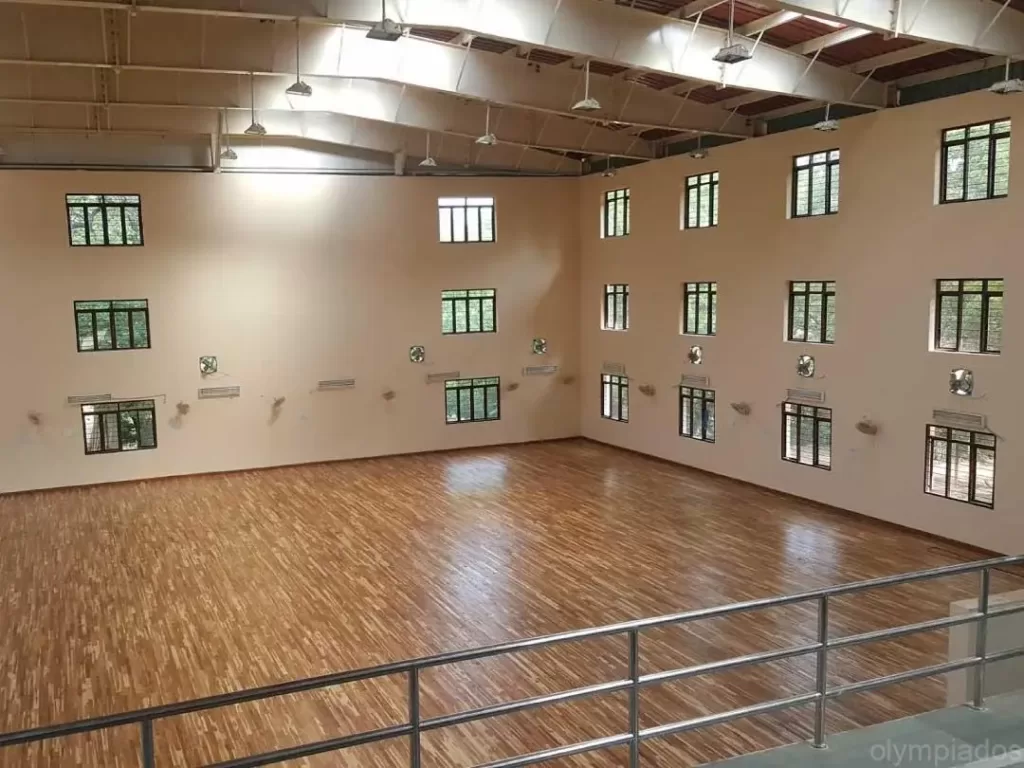
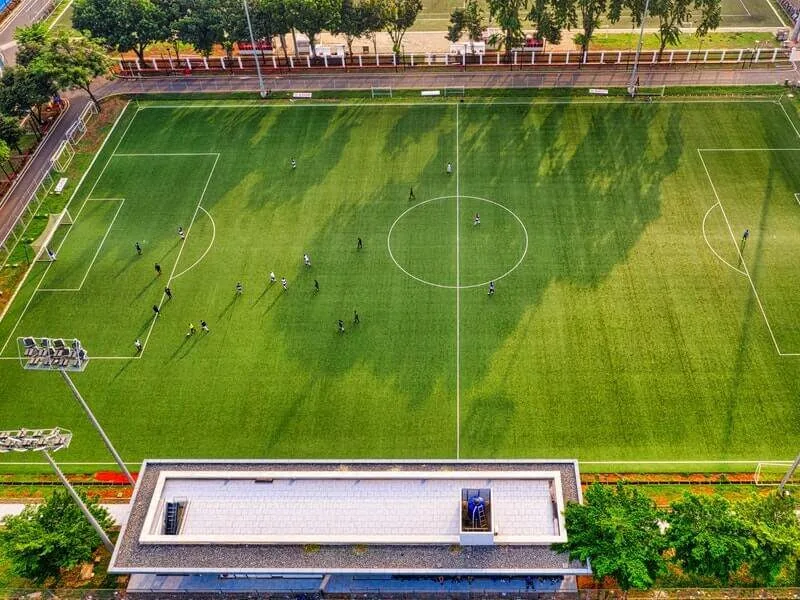
When it comes to choosing the right type of sports court surfacing for your facility, one of the biggest considerations is whether to go with an indoor or outdoor court. There are pros and cons to both types of courts, so it’s important to weigh your options carefully before making a decision.
Indoor courts offer a number of advantages, chief among them being climate control. This can be a major selling point in areas with extreme weather conditions, as it ensures that players will always be comfortable no matter what time of year it is. Indoor courts also tend to be more forgiving on the body, as the softer surface is easier on joints than concrete or asphalt.
However, indoor courts can also be more expensive to maintain than outdoor ones, as they require special flooring and lighting systems. They can also be noisy, which can be disruptive to nearby businesses or residences.
Outdoor courts have their own set of benefits and drawbacks. The main advantage of outdoor courts is that they’re typically less expensive to build and maintain than indoor ones. They also offer a more natural playing surface that many players prefer.
On the downside, outdoor courts are subject to the whims of Mother Nature, which can make them unusable for extended periods of time in certain parts of the country. They can also be hot and uncomfortable in sunny climates, and cold and slippery in wetter areas.
Hard Court vs Soft Court
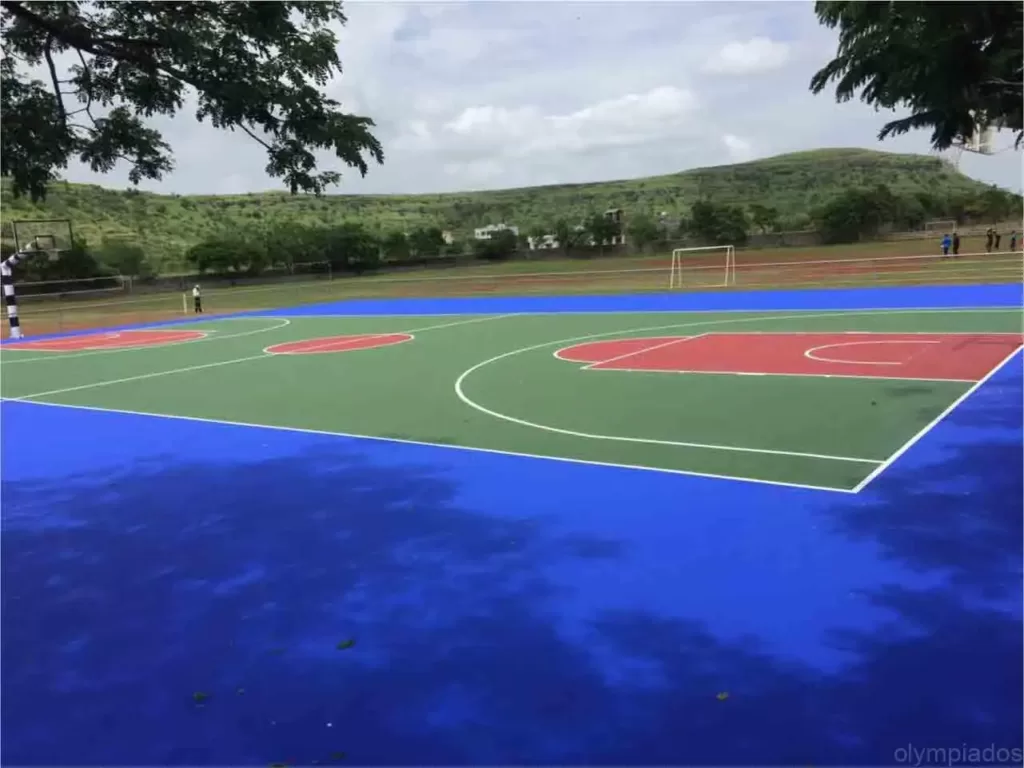
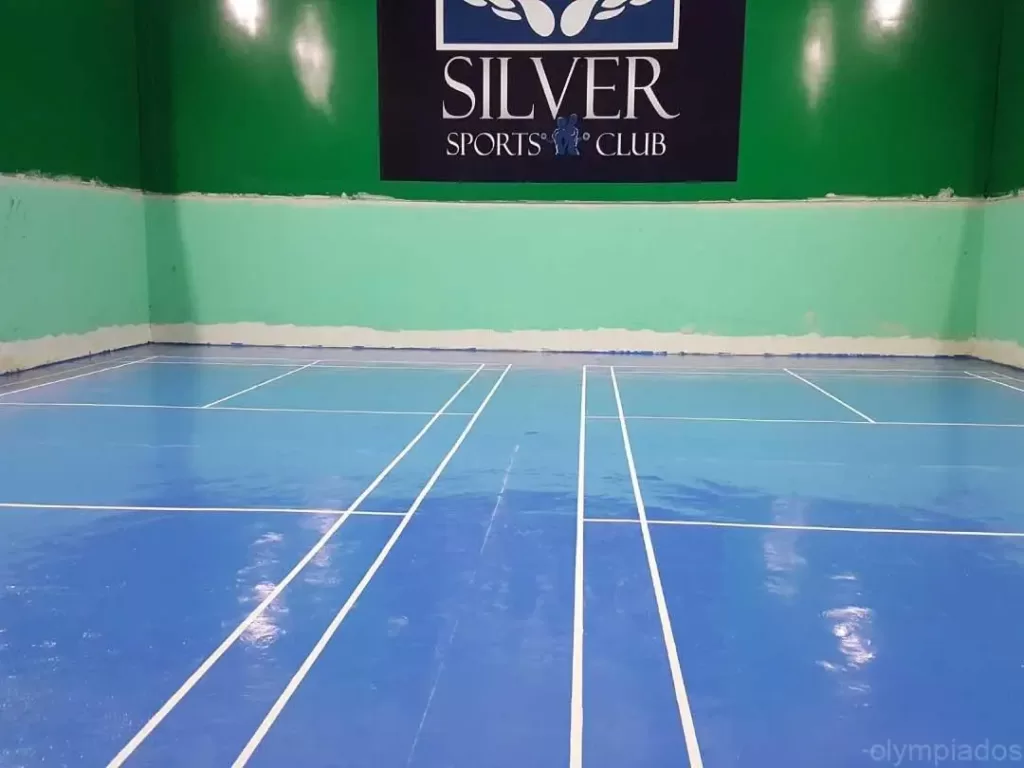
When it comes to choosing the right type of sports court flooring for your facility, there are a few things to consider. One of the main considerations is whether you want a hard court or a soft court.
Hard courts are typically made from concrete or asphalt and have a very smooth, level surface. This type of surface is ideal for sports that require a lot of running, such as tennis, basketball, and racquetball. Hard courts are also very easy to keep clean and maintain.
Soft courts are usually made from synthetic materials such as rubber or turf. They provide a softer surface that is more forgiving on the body. This type of surface is ideal for sports that do not require a lot of running, such as volleyball, badminton, and pickleball. Soft courts are also often used in playgrounds and parks.
Multi-Purpose Court vs Specific Sport Court

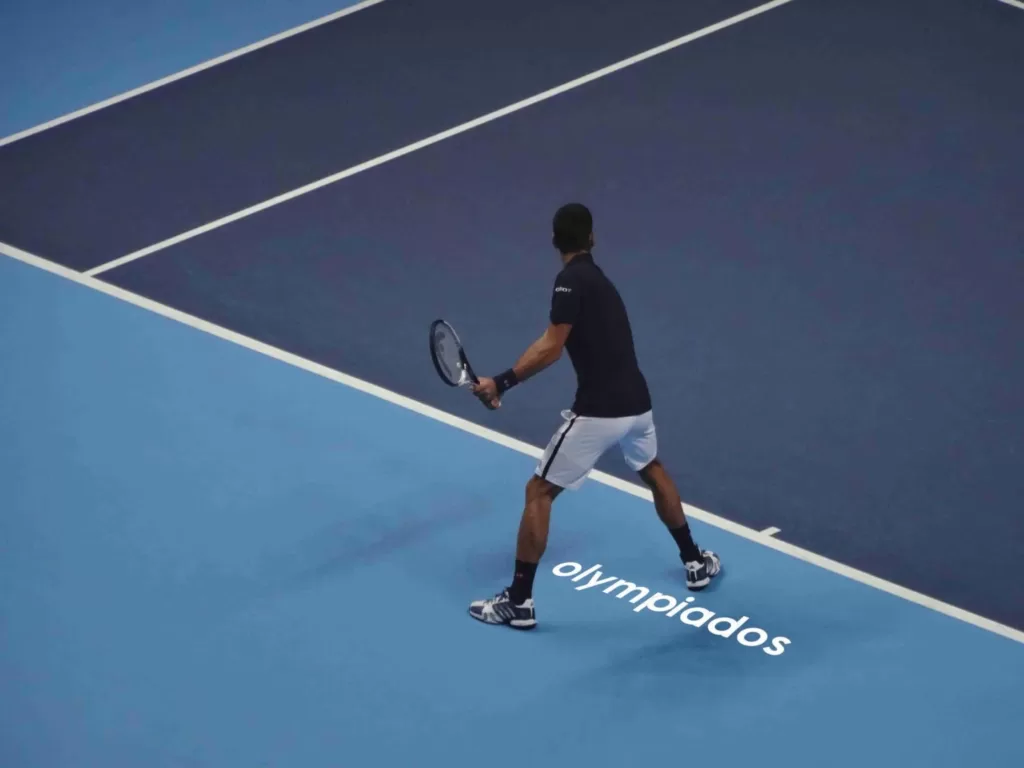
There are two main types of sports court surfaces: multi-purpose and specific sports. Multi-purpose courts are designed to be used for a variety of different sports, such as basketball, tennis, badminton, and volleyball. Specific sports courts are designed for only one sport, such as tennis or basketball.
Multi-purpose courts are a great option for facilities that want to offer a variety of sports. They are also a good option for facilities that don’t have the space to accommodate multiple specific sports courts.
However, multi-purpose courts can be more expensive than specific sports courts.
Specific sports courts are a good option for facilities that want to focus on one particular sport. They are also generally less expensive than multi-purpose courts. However, specific sports courts take up more space than multi-purpose courts and may not be able to accommodate other sports.
Budget
There are a few factors to consider when budgeting for your new sports facility. First, you’ll need to decide how large of an area you’ll need to cover. The size of the court will impact the price of the surface material. Second, you’ll need to decide what type of material you want. There are many different types of surfaces available, each with its own price tag. Third, you’ll need to factor in the cost of installation. Installation costs can vary depending on the complexity of the job and the type of material being installed.
Once you have a good idea of what your budget looks like, start shopping around for quotes from different contractors. Be sure to get quotes from a few different companies so that you can compare prices and services. When you’ve found a company that fits your budget and needs, be sure to get everything in writing before signing any contracts.
Choosing the right type of sports court flooring for your facility is a difficult decision. It is important to consider all the factors that may affect the performance of your facility, such as climate, budget, and maintenance requirements. With so many options available in the market today, it can be overwhelming to select the best one for your needs. This article will discuss some of the key points to consider when choosing a surface for your facility and provide tips on how to choose the right type of sports court flooring.
